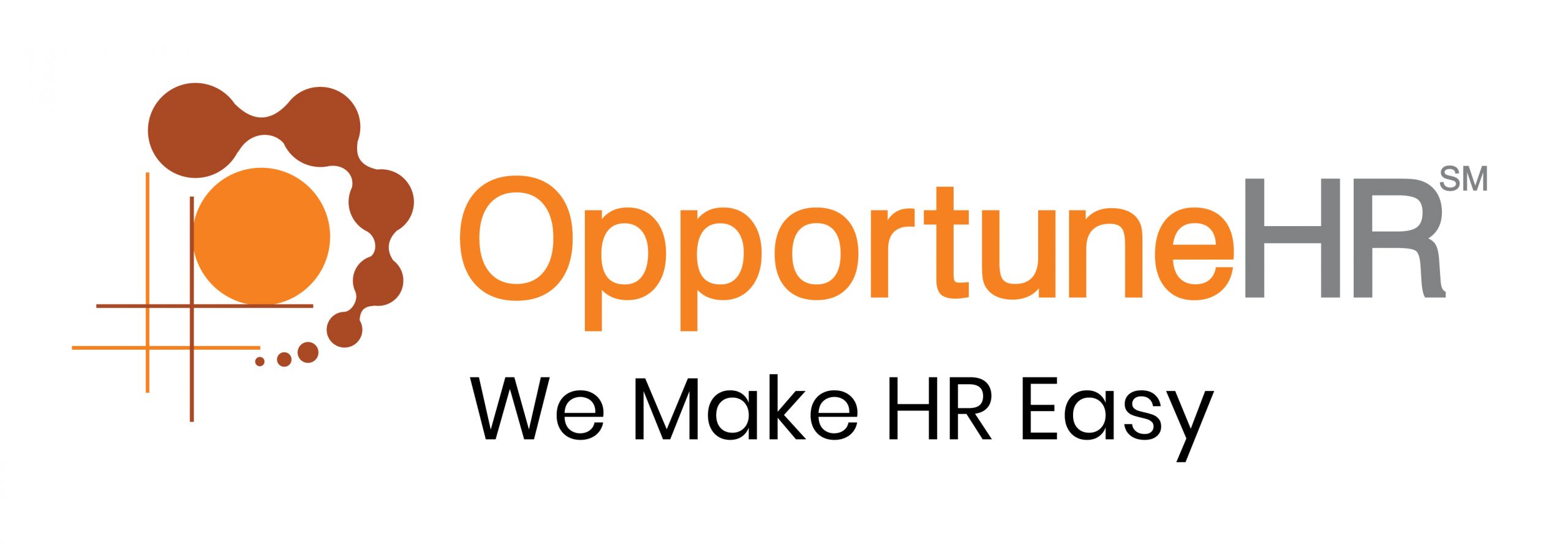Tips And Techniques: Encourage Employees To Embrace Employee Self Service Portal!
Employee Self Service (ESS) portals are effective in improving HR productivity. They are praised for increasing employee satisfaction, contributing to job satisfaction, and providing a better employee experience.
But HR managers in SME organisations face a real ESS challenge: It’s difficult to make ESS an integral part of work life. To make employee experience the benefits of ESS.
We asked senior HR HR professionals for tips and techniques. They say–
ESS platforms empower employees by offering them direct access to their personal information, benefits, and essential HR-related tasks. However, merely implementing a self-service portal is not enough. We must promote its use. Organizations must actively encourage employees to embrace these tools for maximum effectiveness.
Here are some practical strategies that boosts employee engagement with ESS portals.
Highlight the Numerous Benefits of Employee self service systems.
The first step in promoting the use of an ESS portal is clearly communicating its benefits. A good HR will convey to employees, and keep doing it, till they understand that ESS platforms are not adding extra work on them. Rather their purpose is to simplify employees own work lives and enhance their experience within the organization.
Here is a list of benefits that find appeal with employees—
Ownership and empowerment
Ownership: With an ESS portal, employees gain control over their data and tasks. They can update personal details, view attendance history, and manage time-off requests at their own convenience. Without waiting over for HR to attend to their queries.
Work-Life Balance: Highlight how employee self-service solution facilitates better work-life balance and can help them in juggling multiple responsibilities with relative ease.
It’s important to show them scenarios where they get the maximun benefits.
For example–
Consider a scenario where an employee needs to request vacation time. Going through HR channels may delay the process, but they can log into the ESS portal and submit a request instantly. This not only saves time but also offers them a sense of autonomy.
Learn How ESS Streamline SME Business HR Processes & Helps Employees.
ESS Simplifies Administrative Tasks
Administrative tasks are often viewed as tedious chores that consume valuable time, something that doesn’t add much value. By utilizing the ESS portal for routine HR-related processes—such as benefit enrollment or updating contact information—employees can streamline these activities significantly.
For example:
Self-Service Enrollment: An employee newly eligible for healthcare benefits can easily navigate through available options on the portal. No need of any requests and assistance from HR personnel.
Error Reduction: When employees handle minor administrative tasks themselves through an automated system, it reduces human error. Because facts often gets distorted when passing through multiple channels.
This simplification allows HR professionals to focus on more strategic initiatives rather than getting bogged down by repetitive administrative duties. And empowers them to perform employee engagement and Learning and Development intiatives. These impacts employees lives on a higher level.
ESS Fosters a Culture of Transparency
Transparency plays a crucial role in building trust within any organization. Without ESS employees may not be able to get the most updated, official information about their job description, responsibilities, their benefits and company policies.
But ESS makes these all accesible with a click. And there is no chance of bias or limited information sharing. The information is available to all.
When employees feel informed about company policies or changes via accessible resources on the self-service portal, they are more likely to engage with it regularly.
Imagine having easy access not only to company handbooks but also training materials relevant for career advancement right at your fingertips! By providing such essential documents through the self-service platform:
- Employees stay informed about organizational developments.
- They become proactive participants in discussions related to policy changes or new initiatives.
Creating this level of transparency fosters improved communication channels across all levels of management while strengthening organizational culture.
ESS Gives Freedom Through Mobile Accessibility
The work place today is heavily reliant on technology. And cloud bases, self-service portals are mobile-friendly. It significantly boosts usage rates among employees, as everyone prefer to access information via smartphones or tablets rather than traditional desktop systems.
Consider this scenario:
An employee commutes daily using public transport; having mobile access means they can check payroll updates during transit instead of waiting until they reach their desk at work!
Providing real-time access allows staff members both flexibility and convenience when managing personal data outside regular office hours—contributing positively toward overall engagement levels.
Even leave requests and approvals are fast and timely with mobile powered ESS.
Emphasize Employee Development Opportunities With ESS
Today’s young workforce demands for growth opportunites. They seek organisations which offers chance to learn, to experiment, to break new grounds. So, highlighting training programs offered through an ESS platform encourages frequent usage. Especially mini courses and quizzes are highly popular.
For instance:
- A software engineer might discover coding workshops available exclusively online via her company’s site—a perfect opportunity she would have missed otherwise without regular interactions with her employer’s resources!
By showcasing these educational offerings prominently within ESS we can cultivate eagerness among staff members. They would peep into ESS to know what next opportunities might be useful to them.
Provide Clear Instructions and Support for effective use of Employee Self Service Portal
To maximize engagement effectively, it’s crucial to provide straightforward navigational guides. Even though the platforms are intuitive, people still need such instructions specially in the initial days of implementation.
Here are some tips to enhance user engagement and support:
1. Interactive Training Sessions
- Live Training Sessions: Organize regular live training sessions where users can engage with the software in real-time. These sessions should cover essential features and allow users to ask questions directly. Don’t assume, ensure that they have a clear understanding of how to navigate the system.
- Hands-On Activities: Incorporate hands-on activities during the training to help users practice using the HRMS software. This can include guided exercises that mirror real-world tasks they will encounter.
2. User-Friendly Manuals
- Clear and Concise Manuals: Develop comprehensive manuals that break down complex functions into simple, easy-to-follow steps. Use bullet points, diagrams, and screenshots to illustrate processes visually.
- Common Functionality Sections: Include sections dedicated to common functions such as attendance tracking, payroll inquiries, and accessing tax documents. This will help users quickly find the information they need without feeling overwhelmed.
3. Short Instructional Videos About Employee Self Service
- Bite-Sized Video Content: Create short instructional videos that focus on specific modules or features of the software. Aim for videos that are no longer than 3-5 minutes to maintain user engagement.
- Highlight Key Features: Each video should highlight key features and provide practical tips for navigating the software efficiently. Consider using voiceovers and captions to enhance accessibility.
4. Continuous Feedback Collection
- Encourage User Feedback: Actively encourage users to share their experiences and provide feedback. Ask them for particular steps where they find it difficult to interact with the self-service portals. This could be facilitated through surveys, suggestion boxes, or direct communication channels.
- Feedback Incentives: Consider offering incentives for users to provide constructive feedback, such as small rewards or recognition in company communications.
5. Systematic Analysis of Feedback
- Regular Feedback Review: Establish a routine for systematically analyzing collected feedback. Designate a team responsible for reviewing user input, identifying trends, and prioritizing issues based on frequency and impact.
- Action Plans: Develop action plans based on the feedback received. Clearly communicate updates or changes made in response to user suggestions, demonstrating that their input is valued and acted upon.
Conclusion: It’s important to promote use of Employee Self Service System
For small and medium-sized enterprises (SMEs), implementing an Employee Self Service (ESS) portal is not just a technological upgrade; it’s a strategic move toward enhancing overall employee engagement and productivity. While the initial setup of an ESS portal is important, the real challenge lies in ensuring that employees actively utilize these platforms.
By effectively communicating the benefits, simplifying administrative tasks, fostering transparency, and emphasizing mobile accessibility, SMEs can encourages employees to take ownership of their information.
Also, providing clear instructions, continuous training, and avenues for feedback will help cultivate a culture of openness and collaboration.
FAQs
Why employees resist implementation of ESS in organisation?
Employees may resist the implementation of Employee Self-Service (ESS) systems in organizations for several reasons:
- Fear of Change: Many employees are accustomed to traditional processes and may feel anxious about adapting to new technology.
- Lack of Understanding: If employees do not fully understand how ESS works or its benefits, they may be hesitant to adopt it.
- Training Deficiencies: Inadequate training can lead to confusion and frustration, making employees less likely to embrace the new system.
- Concerns About Privacy: Employees might worry about the security of their personal information and how it will be handled in the new system.
- Perceived Increased Workload: Some employees may believe that using the ESS will add to their responsibilities rather than streamline processes.
- Loss of Control: Employees may feel that using ESS reduces their direct interaction with HR, leading to a perception of losing control over their own information.
- Technical Issues: Concerns about system reliability, bugs, or user-friendliness can also hinder acceptance.
- Cultural Resistance: Organizational culture plays a significant role; if the culture is resistant to change or innovation, employees are likely to follow suit.
- Inadequate Support from Management: If leadership does not actively support or promote the new system, employees may not feel encouraged to use it.
- Job Security Fears: Employees might fear that automation and self-service systems could threaten their job roles or lead to downsizing.
Addressing these concerns through effective communication, training, and support can help mitigate resistance to ESS implementation.
Why Some HR and admin oppose implementation of ESS in organisation?
The implementation of Employee Self-Service (ESS) systems in organizations can face opposition from Human Resources (HR) and administrative staff for several reasons.
Firstly, there is often a fear of losing control over processes that have historically been managed by HR. Many HR professionals are accustomed to handling employee requests and queries directly. The introduction of an ESS system may lead them to feel that their roles are being diminished, which can create resistance to change.
Secondly, the complexity and potential learning curve associated with new technology can be daunting for HR and administrative staff. If they perceive the ESS system as complicated or time-consuming to learn, it can lead to frustration and pushback against its implementation.
There can be a perception that ESS systems may lead to a depersonalization of HR functions. Employees might feel that they are losing a human touch in their interactions with HR, which can affect morale and the overall workplace culture.
HR professionals may share this concern, believing that the automated processes could hinder relationship-building with employees. Which are important in SME businesses.








